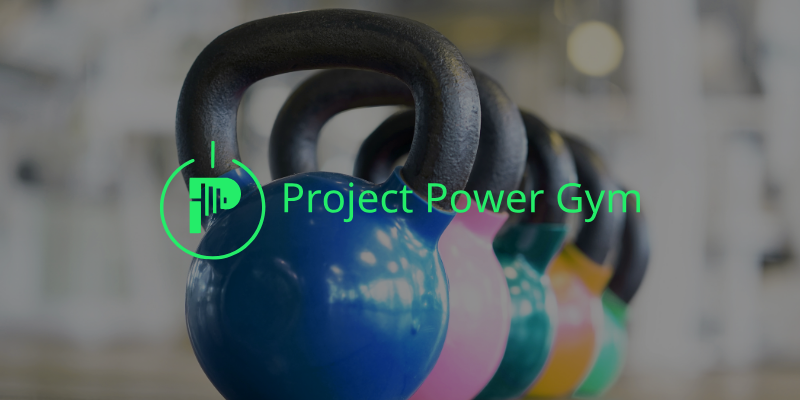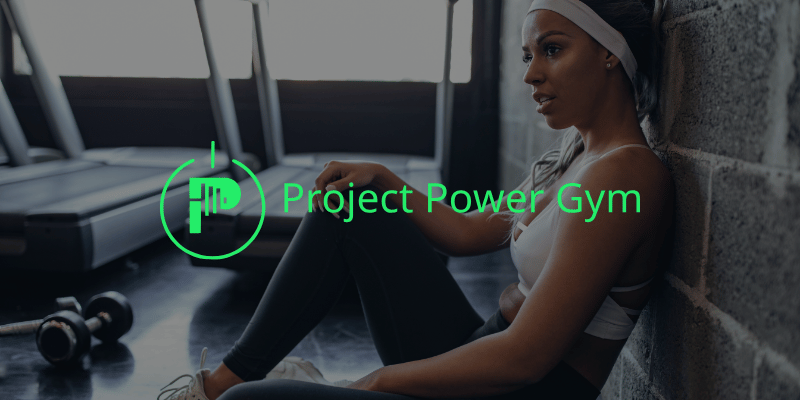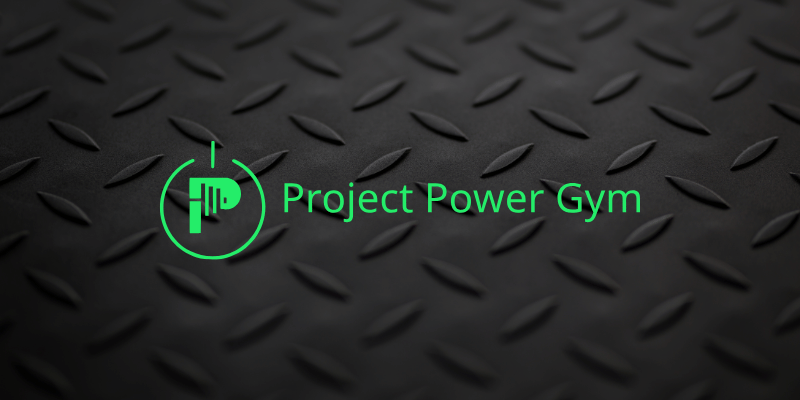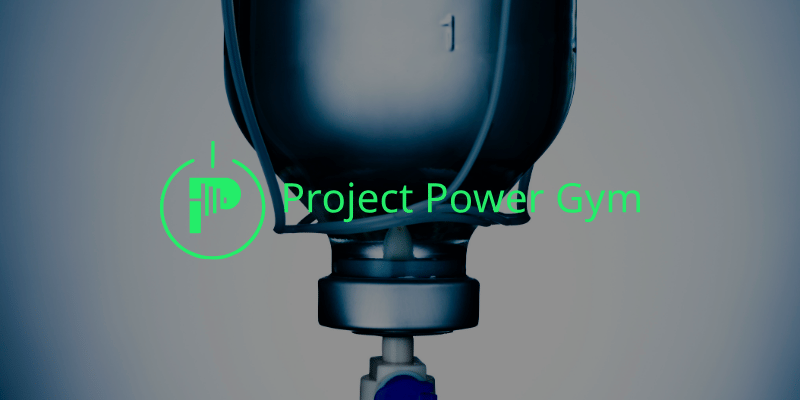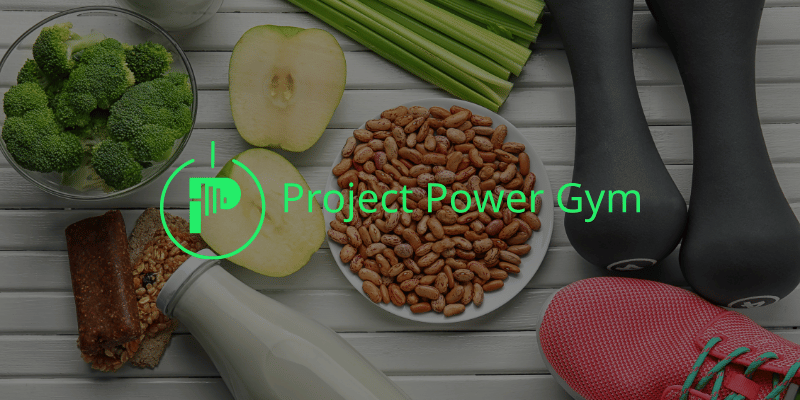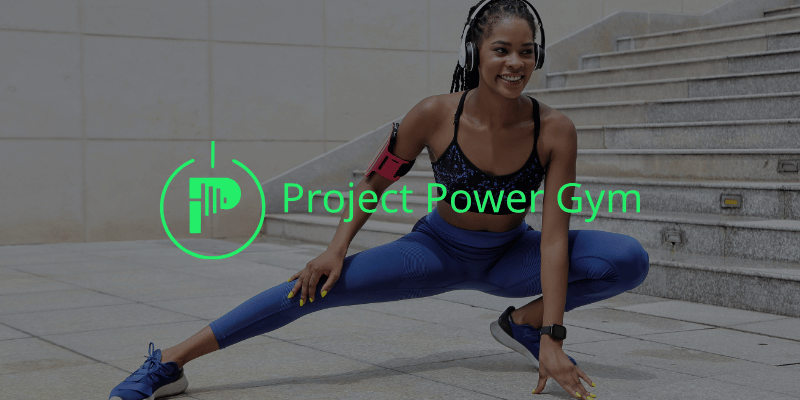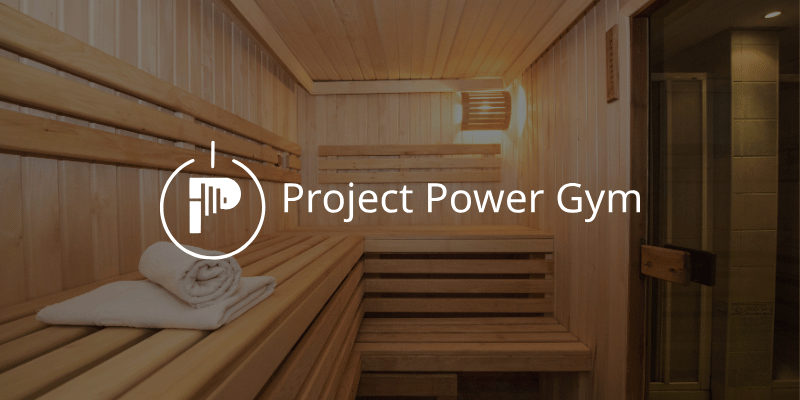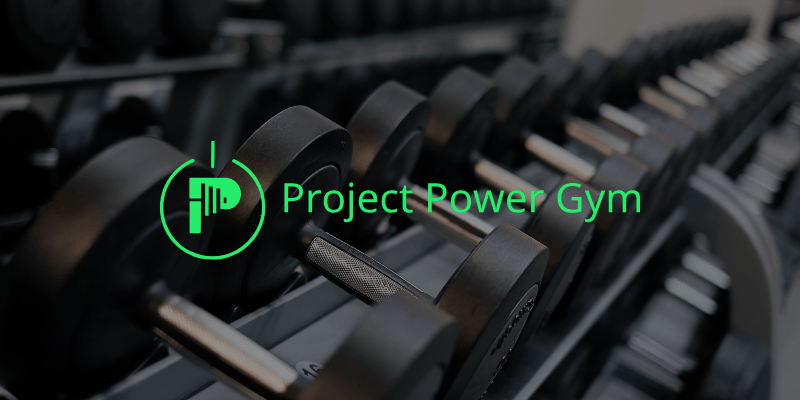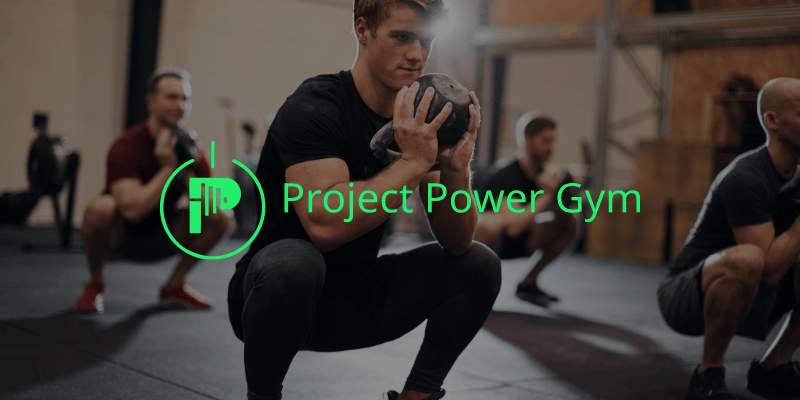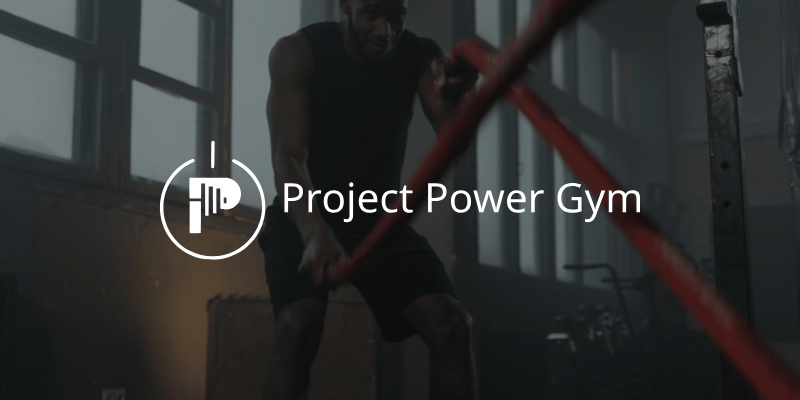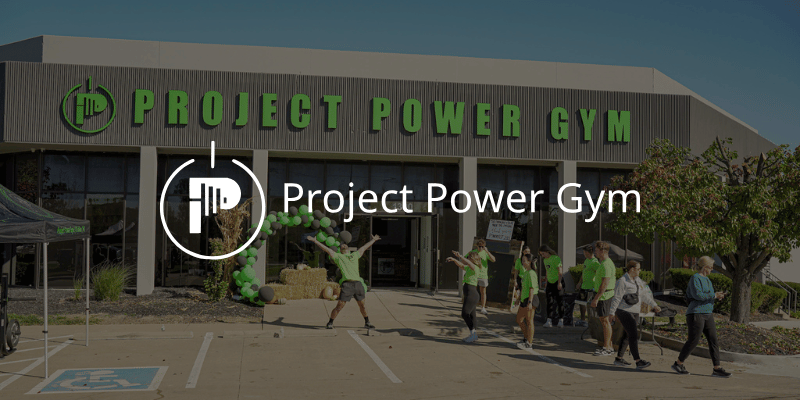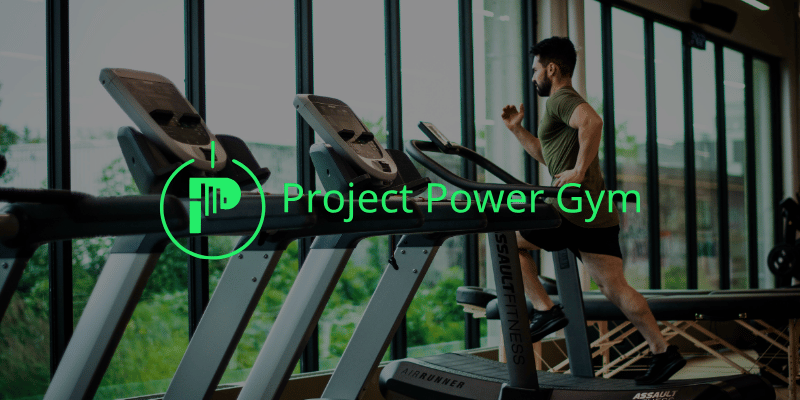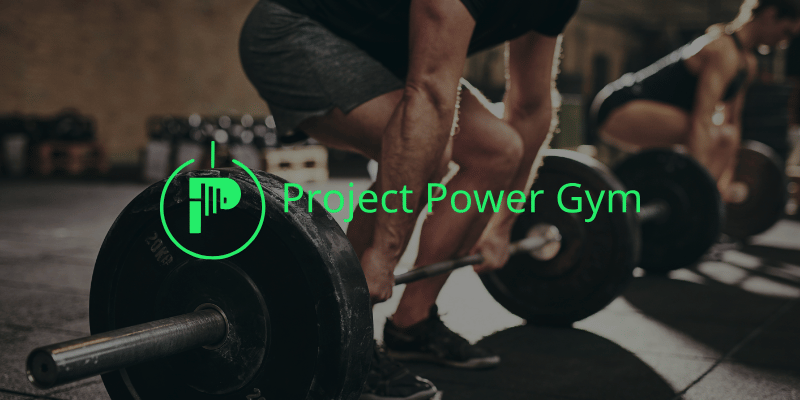
Strength Training for Runners in O’Fallon: Two Gym Days for Faster 5Ks
Introduction
You can add speed to your 5K without adding miles. The fastest progress many O’Fallon runners see comes from two simple gym sessions per week that build stronger hips, smoother stride mechanics, and a resilient core. This guide gives you a clear, runner-first strength plan you can follow at Project Power Gym, with exact movements, rep ranges, and week-by-week progressions. The goal is simple. Fewer aches, better posture, faster finishes.
If you want a coach to map this to your race calendar or to a recent injury history, start here: Personal training at PPG
Why runners need the gym
More miles only help when your body can hold good positions. Strength work trains the joints and tissues that keep those positions steady from the first mile to the last.
- Hips drive the stride. Strong glutes keep knees tracking straight and reduce IT band irritation.
- Hamstrings and calves absorb and return force with each step. They need strength and stiffness to store elastic energy.
- Core keeps the torso tall so arms and legs move efficiently. Better core control means less side-to-side sway and less wasted effort.
- Feet and ankles handle impact. Strong lower legs help you maintain cadence on hills and late in the race.
Two focused gym days give you most of these benefits without crowding your running plan.
What this plan does and does not do
This plan builds force and control so your stride stays powerful even when you are tired. It is not bodybuilding and it is not a circuit that trashes your legs for days. The sessions are short, repeatable, and placed to support your key runs, not compete with them.
How to place strength days in a running week
Use one of these patterns and keep it for four weeks so your body adapts.
Pattern A
Monday easy run
Tuesday strength
Wednesday intervals or tempo
Friday strength
Weekend long runPattern B
Monday strength
Tuesday easy run
Thursday strength
Saturday long run
Leave at least 24 hours between hard runs and heavy lifts when possible. You should be able to run well the day after each gym session. If not, lower load or volume until you can.
Warm up the runner way
Spend five to eight minutes before each lift. The goal is to wake up ankles, hips, and trunk, not to get tired.
- Easy bike or row, two minutes
- Ankle rocks and calf raises, ten each
- 90/90 hip transitions, eight total
- Glute bridge with pause, ten reps
- Dead bug with slow exhale, six per side
For a deeper mobility reset, use the drills in this guide: Mobility Made Simple
The two-day strength template
Each day has a main lift, two accessories that target runner needs, a core finisher, and a short optional power touch. Keep one clean rep in reserve on main sets so you finish fresh.
Day 1: Hips, hamstrings, posture
Main lift
Trap bar deadlift or Romanian deadlift
4 sets of 5 reps, slow lower, fast up
Rest about one minute between sets
Accessory 1
Rear foot elevated split squat
3 sets of 6 to 8 reps per side
Hold dumbbells by your sides, front knee tracks over toes
Accessory 2
Single leg hamstring slide or stability ball leg curl
3 sets of 8 slow reps
Hips stay tall, ribs down
Core finisher
Half kneeling anti-rotation press
3 sets of 10 per side, smooth tempo
Optional power touch
Med ball chest pass, 3 sets of 4 crisp throws
Day 2: Quads, calves, elastic return
Main lift
Front squat or goblet squat
4 sets of 5 reps, keep heels down and torso tall
Accessory 1
Step down from a box
3 sets of 6 to 8 reps per side
Control the lower for two counts, tap, and stand tall
Accessory 2
Calf raise with pause
4 sets of 8 to 10 reps
Pause two counts at the top, slow lower
Core finisher
Side plank with reach
3 sets of 20 to 30 seconds per side
Optional power touch
Low hurdle hops or in-place pogo jumps
3 sets of 6 light contacts, focus on soft landings
Progression for eight weeks
Weeks 1 to 2
- Learn movements and pick starting loads that feel smooth
- Keep one clean rep in reserve on every set
Weeks 3 to 4
- Add five pounds to main lifts each week if form stays crisp
- Add one rep to accessories or one total set to a finisher
Weeks 5 to 6
- Hold loads and tighten control
- Add pauses at the bottom of squats and split squats for one count
- Add one set to core finishers
Weeks 7 to 8
- Add five pounds to main lifts again if the bar speed stays honest
- Shift optional power touches to the front of each session and keep contacts very low
If any joint feels cranky, swap the pattern, not the purpose. For example, replace back squats with goblet squats, or switch Romanian deadlifts to hip thrusts.
How this carries to faster 5Ks
- Stronger hip extension gives better push with each stride, which raises speed at the same effort.
- Better knee control cuts wobble and reduces wasted motion, which improves economy.
- Stiffer calves and stronger hamstrings store and release energy so late race steps feel springy.
- A steady core keeps posture upright so breathing stays efficient even on hills.
You do not need to feel smoked to get these benefits. You need consistent practice and steady progression.
Common runner mistakes in the gym
- Lifting to failure and wrecking the next run
- Random circuits that never get strong at any pattern
- Ignoring calves and feet
- Skipping core work that fights rotation and side bend
Keep sessions focused and short. You should leave feeling like you could do one more set.
Add a simple foot and ankle routine
Do this twice a week after runs or while dinner cooks.
- Toe yoga, ten slow reps
- Short foot holds, three sets of ten seconds
- Single leg balance, three sets of twenty seconds per side
- Tibialis raises against a wall, three sets of twelve
These small moves pay off on hills and during the last mile downtown or on the Dames Park loops.
How to blend with intervals and long runs
- Place Day 1 at least a day before your interval run
- Place Day 2 two days before your long run
- If your schedule forces a same day pairing, lift first in the morning with conservative loads, run in the evening at a calm pace
Your hard run of the week should still feel sharp. If your legs feel heavy, lower loads by ten percent and try again next week.
A sample six day race build week
Monday easy 30 to 40 minutes
Tuesday Day 1 lift
Wednesday intervals, for example 5 x 800 at 5K effort with equal jog recoveries
Friday Day 2 lift
Saturday long run with the last ten minutes at a steady finish
Sunday walk, mobility, and light core
If you enjoy training with others or want a coached conditioning day, find a class that fits your schedule: See current class formats and times
Hill work without sore knees
Use short hill strides to sharpen form without beating up joints. Pick a gentle grade at O’Fallon Sports Park.
- Warm up ten minutes easy
- Run eight to ten seconds uphill tall and relaxed
- Walk down and rest fully
- Start with four reps and add one per week up to eight
Hill strides teach fast feet and strong hips with lower impact than flat sprints.
Recover the simple way
- Sleep seven to nine hours when possible
- Eat protein with every meal and add a carb source around hard runs
- Hydrate during summer heat and add electrolytes when sweat loss is high
- Keep mobility short and frequent, not long and rare
You can pair this with the mobility article above for quick daily resets.
Shoes and injury notes
Rotate two pairs of shoes if you run four or more days per week. If knees or shins bark during the first two weeks of lifting, check your squat depth, slow the lowering phase, and reduce weight. Pain should trend down across sessions. If it does not, pause the painful movement and ask a coach to assess your setup and technique.
When to ask for coaching help
- Returning from a stress fracture or a tendon issue
- Confused about bar position or depth on squats
- Unsure where to place lifts around speed work
- Want a time goal for an upcoming charity 5K or local race
A short consult saves weeks of guessing and helps you hit the exact dose that fits your life in O’Fallon. Start here: Talk with a coach
Quick answers to common questions
Will lifting make me bulky
No. This plan uses moderate loads and low volume that support running, not bodybuilding. You will feel more stable and powerful, not bigger.
How heavy should the main lifts be
Pick a weight that feels solid for the target reps while you keep one rep in reserve. If your next day run suffers, the weight was too high.
Can I do circuits instead
Circuits can have a place, but runners often do better with focused sets and breath-capped rests so the quality of each rep stays high.
How long should sessions last
Forty to fifty minutes is plenty. If you go longer, you are likely adding fluff that will not move your 5K time.
Your step-by-step action plan
- Pick Pattern A or B for your week and block those strength times in your calendar
- Run the warm up exactly as written for two weeks so it becomes automatic
- Start with the lower end of the rep ranges and nail technique
- Add five pounds to main lifts in Weeks 3 and 4 if reps are clean and runs feel normal
- Retest an easy benchmark, like a steady mile time or a 6 minute bike distance, to see fitness carry over
Bringing it all together
Stronger hips, steadier knees, springier calves, and a calm core turn your current training into faster times with fewer setbacks. Two gym days per week are enough to change your stride and your results. Keep sessions short, keep form clean, and place them around your key runs so everything works together. You will feel the difference in your posture on Main Street and in your kick down the final straight.
Ready to pair strength with your running plan
Tell us your next race date, weekly mileage, and any past injuries. We will help you pick loads, place sessions, and stay healthy from your first stride to the finish.

